
There is something of Rembrandt in the Gospel, or something of the Gospel in Rembrandt, as you like it — it comes to the same, if one only understands the thing in the right way. Rembrandt is so deeply mysterious that he says things for which there are no words in any language. Rembrandt is truly called a magician ... that's not an easy calling.
- Vincent van Gogh
The Detroit Institute of Arts will hold an exhibition entitled, Rembrandt and the Face of Jesus, from November 20, 2010 until February 12, 2012.
Rembrandt van Rijn (1606–1669) is universally acclaimed as the greatest master painter of the Dutch Golden Age, the seventeenth-century efflorescence of art in the Netherlands. Thanks to an inventory of his home and studio conducted in July 1656, we know that Rembrandt kept in his bedroom two of his own paintings called Head of Christ. A third painting—identified as a "Head of Christ, from life"—was found in a bin in Rembrandt's studio, awaiting use as a model for a New Testament composition. Today, seven paintings survive (from what was likely eight originally) that fit this description, all painted by Rembrandt and his pupils between 1643 and 1655. Bust-length portraits, they show the same young man familiar from traditional artistic conceptions of Christ, yet each figure also bears a slightly different expression. In posing an ethnographically correct model and using a human face to depict Jesus, Rembrandt overturned the entire history of Christian art, which had previously relied on rigidly copied prototypes for Christ.
Read the rest here.
More information on the DIA exhibition can be found here.

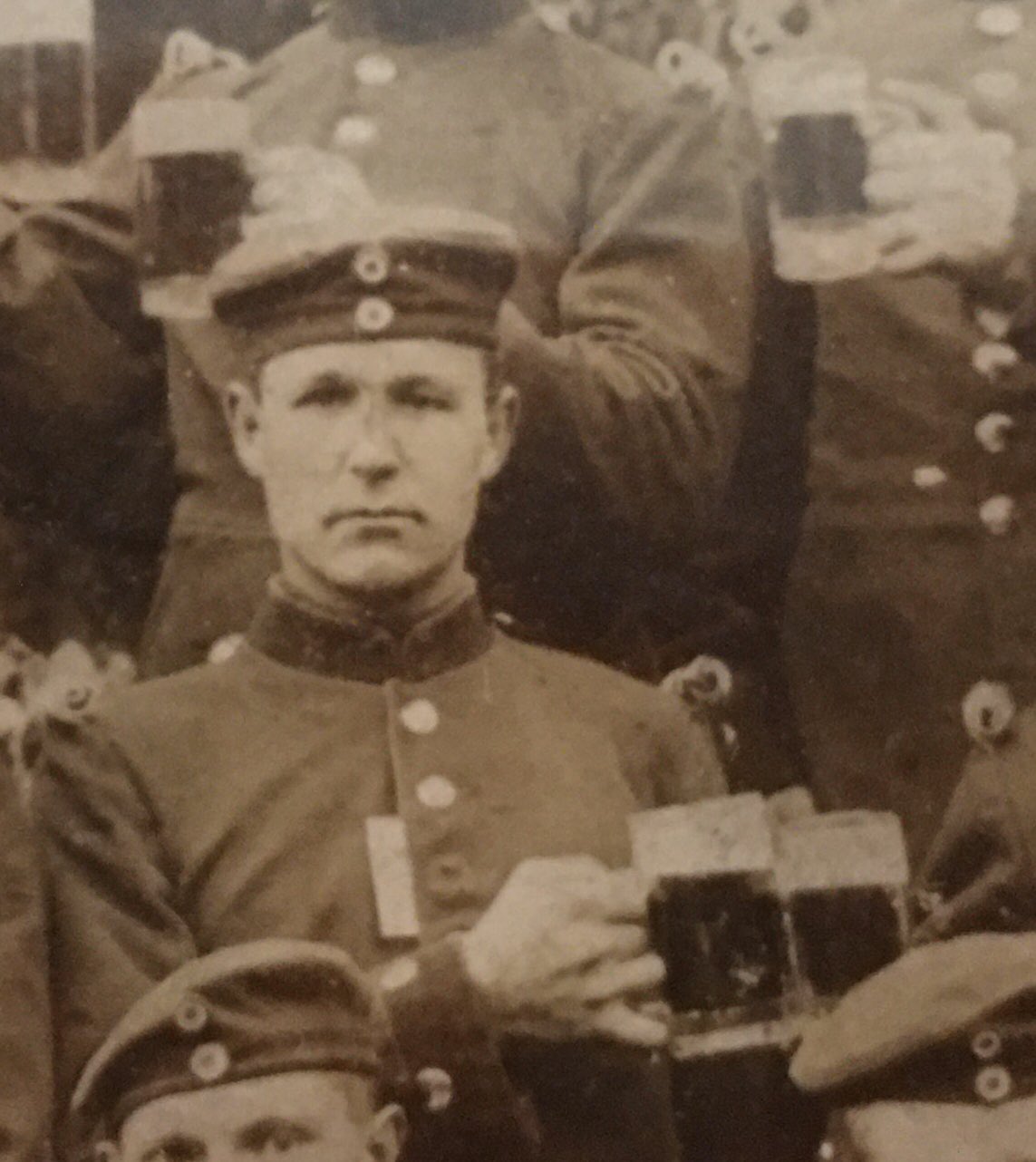








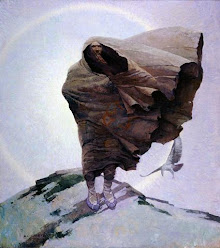
























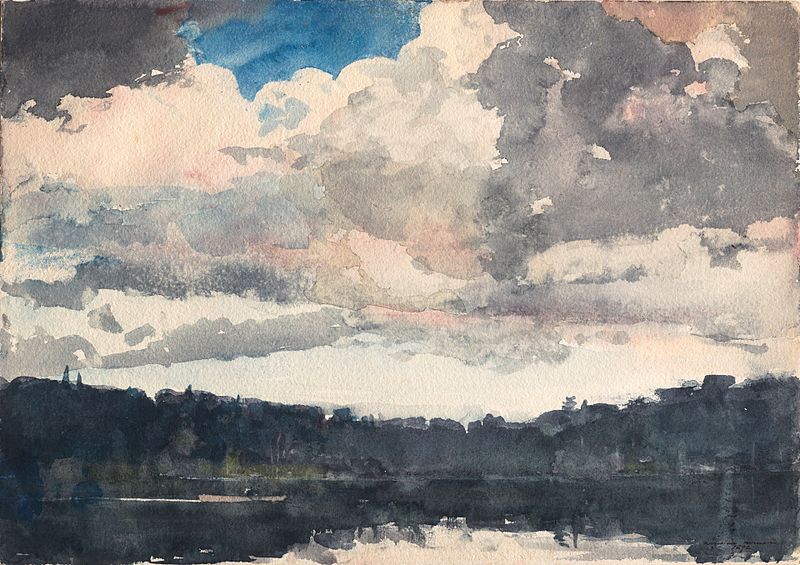





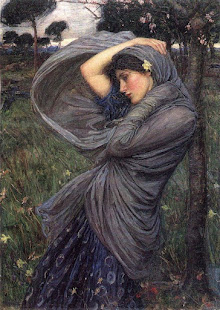














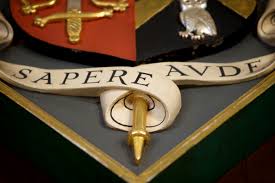






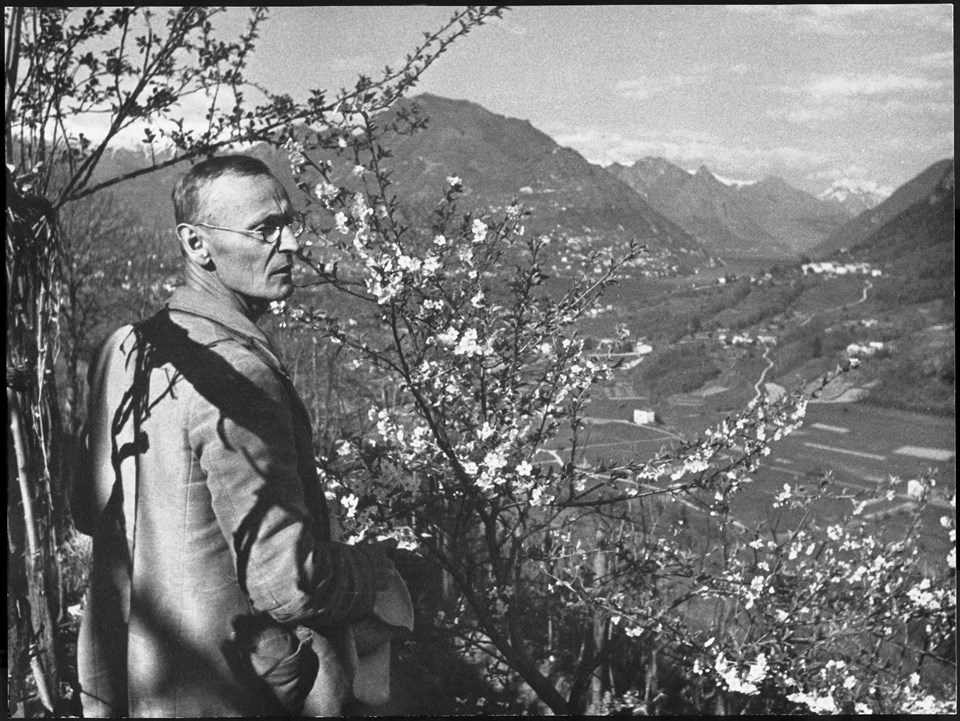


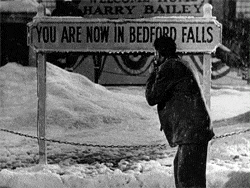







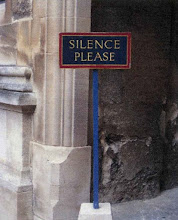









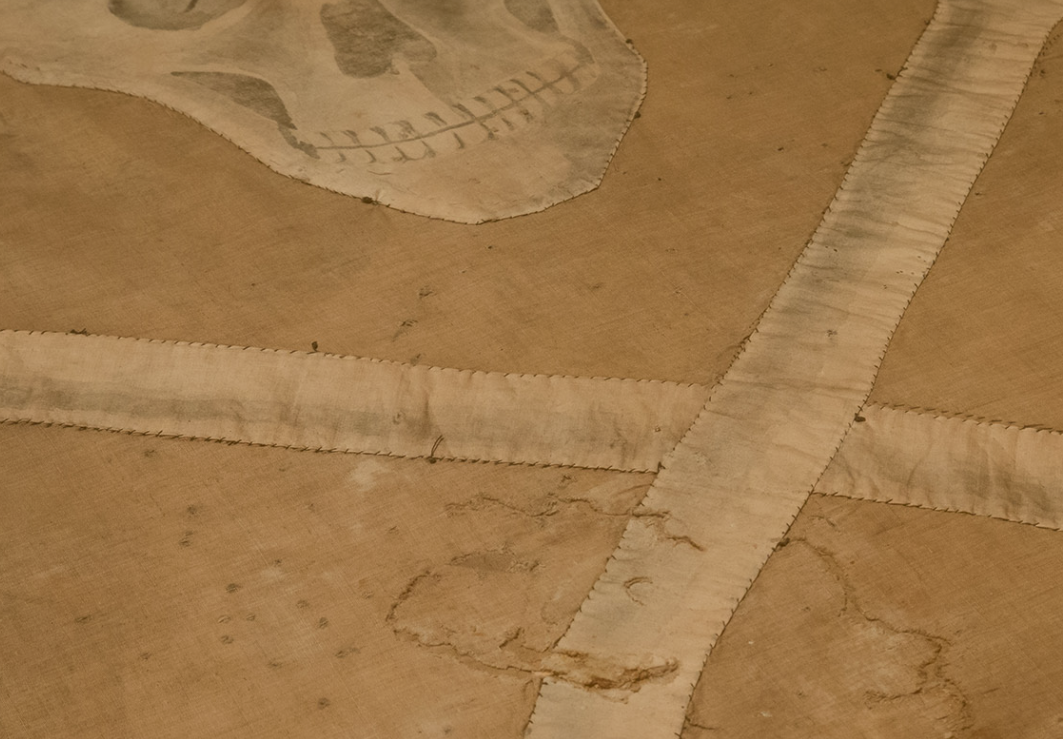

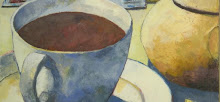
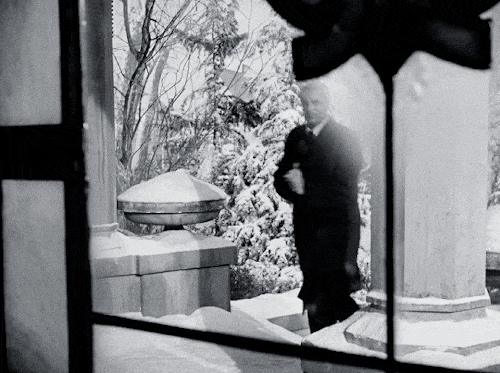


















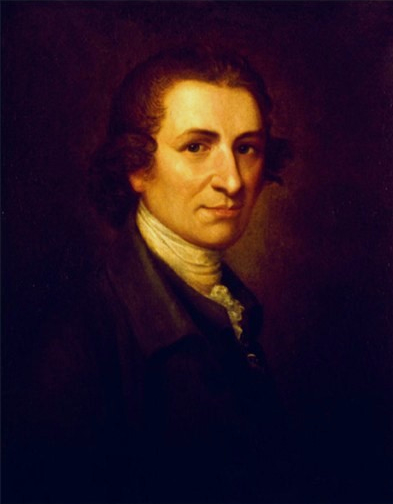






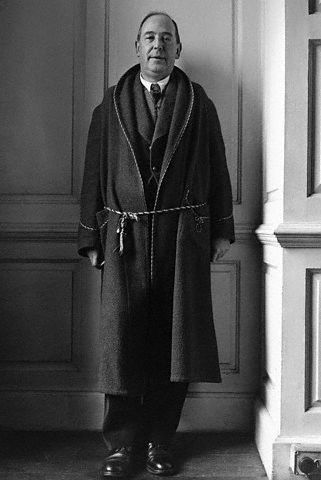



No comments:
Post a Comment